
 |
| (China Daily) |
Other historical sites include White Horse Temple, located a little further to the north of Luoyang, and Guanyin Temple.
There is also a royal horse and chariot museum, which features the remains of several sacrificial horse pits from the Eastern Zhou Dynasty (770-256 BC).
Flower lovers would have heard about or visited Luoyang's Peony Festival and its many public gardens featuring the national flower.
The more adventurous can go to the legendary Shaolin Temple, which is in Dengfeng, just over two hours away by bus. The most common route is to take a bus to Dengfeng, then a minibus to Shaolin Temple.
The temple does not look like those typically seen in the movies. There are enough sights to take in, like Pagoda Forest, the actual temple, meditation caves, Songshan Mountain, and of course, performances by Shaolin monks.
But the most impressive sight is seeing hundreds of youths practicing kung fu in the late afternoon in an open courtyard.
Luoyang's old town is situated to the north, across Luohe River, which forms a boundary between the older and newer parts of the city.
A formidable gate flanked by towers and a high wall serves as the entrance to the old town, where you can try the famous Shuixi water banquet dishes, which stem from the Sui Dynasty (AD 581-618). It is also a good place for an after-dinner stroll as the night atmosphere is particularly tranquil.

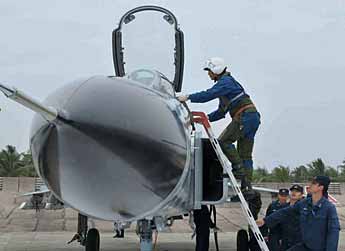


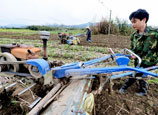
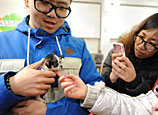
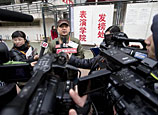
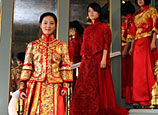
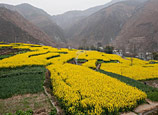








 5.5-magnitude quake hits China's Yunnan, 30 injured
5.5-magnitude quake hits China's Yunnan, 30 injured


![]()
